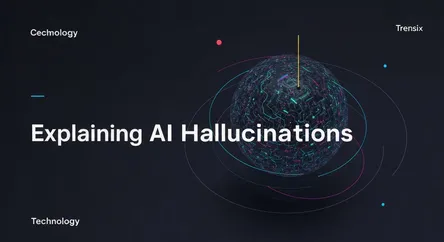Technology
Explaining AI Hallucinations

Discover what AI hallucinations are, why they happen in models like ChatGPT, and how these confident but false outputs can impact users and society.
What is it?
An AI hallucination is a phenomenon where an artificial intelligence model, particularly a Large Language Model (LLM), generates information that is factually incorrect, nonsensical, or not based on its training data, yet presents it with complete confidence. Unlike a human hallucination, it's not a sensory experience but a flaw in the AI's output. The model isn't lying; it's simply generating a statistically probable, but ultimately fabricated, response based on the patterns it learned during training. It's the AI equivalent of 'making things up' to fill a knowledge gap.
Why is it trending?
The widespread adoption of powerful generative AI tools like ChatGPT, Gemini, and Claude has pushed this issue into the spotlight. As millions of people rely on these platforms for everything from creative writing to serious research, instances of AI generating plausible but false 'facts,' citations, or historical events have become increasingly common. High-profile cases, such as lawyers citing fake legal precedents created by an AI, have highlighted the real-world risks and sparked a global conversation about the reliability and trustworthiness of these advanced systems.
How does it affect people?
AI hallucinations pose a significant risk by promoting misinformation. In professional settings like medicine or law, relying on hallucinated data can lead to dangerous or incorrect decisions. For students and researchers, it can result in flawed work and academic dishonesty. On a broader scale, it erodes public trust in AI technology and can be exploited to create and spread disinformation at an unprecedented scale. This underscores the critical importance of human oversight, critical thinking, and fact-checking all AI-generated content before accepting it as truth.